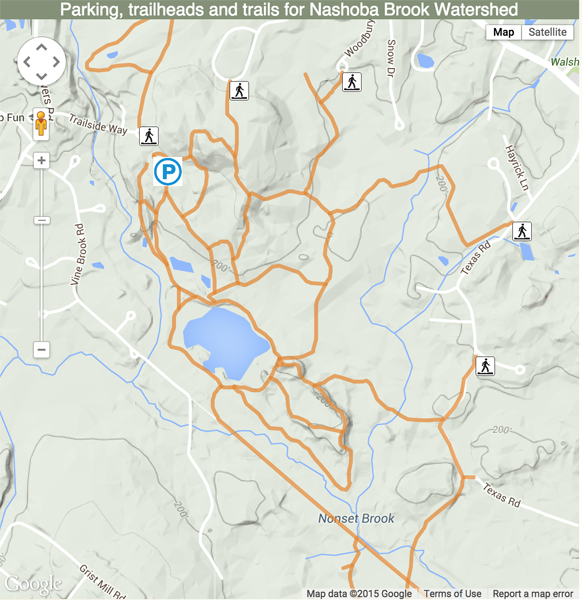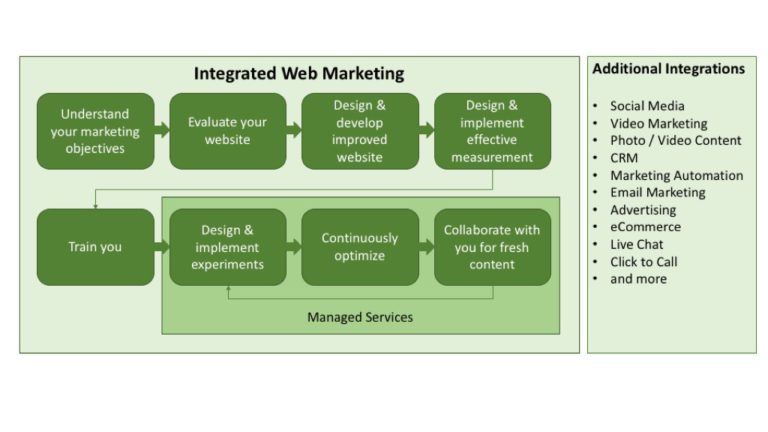$35 on-ramp to IoT
Raspberry Pi is a credit card-sized computer that can run several OSes, Most are Linux variants and, unless you are running your RPi as a media center, the most common is the Debian Wheezy based “Raspian”. The most common programming language on RPi seems to be Python. RPi’s intended purpose is education and Python is an interpreted language that can be used for numerous purposes.
Raspberry Pi includes a set of General Purpose Input Output pins and there are various libraries for reading and writing these pins from Python, PHP, C/C++, Node.js and more. You can run small web servers like NGINX and Lighttpd on RPi or you can install a full LAMP stack with Apache, MySQL and PHP (or Perl).
Together this creates an interesting ability to interface with hardware and control from a remote browser or App. Switches, relays, LEDs, servos, light sensors, temperature sensors, humidity sensors, motion detectors and more can be used as inputs and outputs.
I got a RPi for the holidays and have had fun reliving my youth by computing a lot closer to the hardware than most modern computing environments encourage. Yes, I built the obligatory examples to blink an LED or control it with a hardware switch or web interface. Now I am intrigued by the possibilities for DIY Internet of Things-like projects. Why pay for a cloud based IoT platform when a $35 device lets you build your own sensor network, control devices from afar, entertain the cat when no one is home and provide streaming video and alerts when unexpected motion is detected?
I’m about to embark on a new software project unrelated to RPi. More on that when I’m further along with market and tech feasibility. RPi may provide a convenient and very affordable Linux platform for some of the prototyping, but this project has nothing to do with IoT, sensors, hardware interfacing or blinking LEDs. I hope to get enough time along the way to invent, or at least innovate on existing open source, uses for the RPi. I’ll chronicle those projects here. If the volume and frequency get high enough I’ll add a RPi section to the site. Otherwise watch the main blog and look for articles tagged as RPi.
For more on Raspberry Pi, see the Raspberry Pi Foundation Website.


